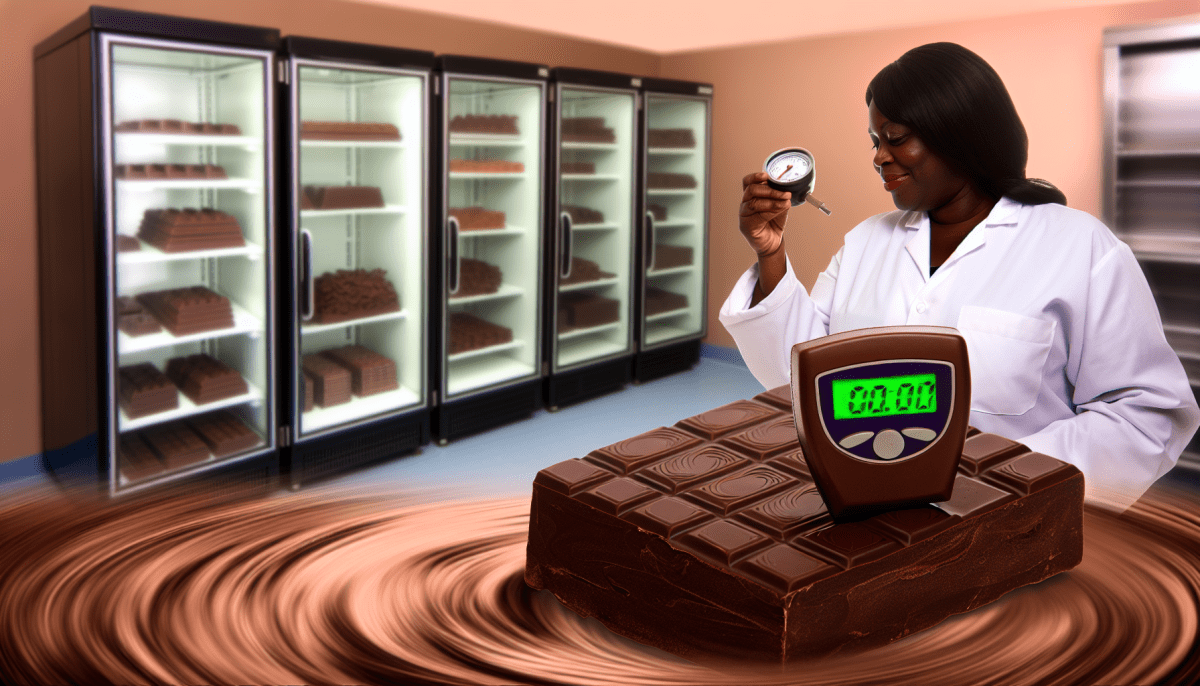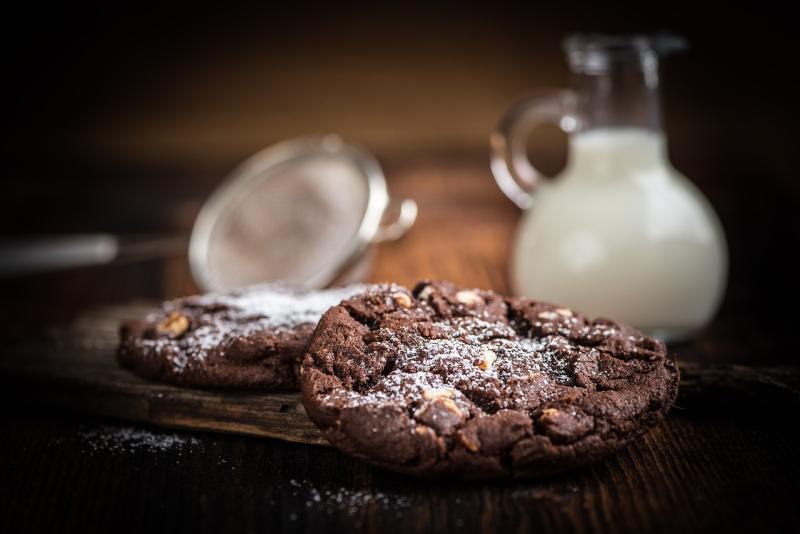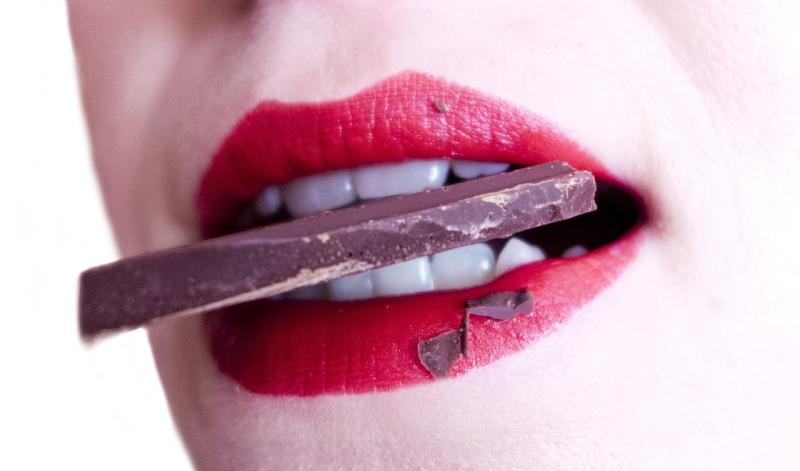Temperature plays a crucial role in determining the flavor and texture of gourmet chocolate. When chocolate is exposed to extreme temperatures, it can undergo changes that alter its delicate profile. Chocolate is sensitive to heat, which can cause it to melt, losing its form and creating a grainy texture, often referred to as "bloom." This phenomenon occurs when the cocoa butter separates from the cocoa solids, resulting in a dull appearance and a less-intense flavor. Understanding these effects is key to ensuring that gourmet chocolate retains its luxurious characteristics.
On the other hand, storing chocolate in overly cold temperatures can also have negative consequences. When chocolate is refrigerated, it might become too hard, making it difficult to taste the full range of flavors. The cold can dull the sensory experience, masking the rich notes that chocolate connoisseurs crave. Moreover, condensation may form when cold chocolate is removed from refrigeration. This moisture can lead to a sticky surface, attracting dust and particles, which can further compromise the quality of the chocolate.
The ideal storage temperature for gourmet chocolate falls between 60 to 70 degrees Fahrenheit (15 to 21 degrees Celsius). This range helps maintain its smooth texture while ensuring that the flavors remain vibrant and enjoyable. Keeping chocolate in a cool, dark place away from direct sunlight and strong odors is essential. By following these simple guidelines, chocolate lovers can savor the intricate profiles that gourmet chocolates are known for, enhancing their overall tasting experience.
Ideal Storage Conditions for Chocolate
When it comes to preserving the delightful flavors of gourmet chocolate, understanding the ideal storage conditions is essential. Chocolate is sensitive to temperature and humidity, both of which can significantly alter its taste and texture. By following a few simple guidelines, you can ensure that your chocolate remains in perfect condition for indulgent enjoyment.
First and foremost, temperature plays a crucial role in chocolate storage. The ideal temperature for storing chocolate is between 60°F and 70°F (15°C to 21°C). At these temperatures, chocolate maintains its smooth texture and rich flavor profile. If chocolate is stored in a warmer environment, it may begin to melt, causing the fat to separate and resulting in a grainy or unpleasant texture. On the other hand, storing chocolate in a fridge or freezer can lead to condensation, which can affect flavor and create a dull appearance.
Humidity is another important factor to consider. Chocolate should be kept in a cool, dry place, away from sources of moisture. High humidity can lead to sugar bloom, where sugar crystals form on the surface of the chocolate and create an unattractive white coating. Keeping chocolate in an airtight container can help protect it from humidity and strong odors that it can easily absorb, thus preserving its delightful taste.
The Role of Humidity in Chocolate Flavor
Humidity plays a surprisingly significant role in shaping the flavor of gourmet chocolate. Chocolate is hygroscopic, which means it can absorb moisture from the air. This characteristic is not just a scientific curiosity; it has real implications for how chocolate tastes and feels when we indulge. When the humidity levels are high, chocolate can absorb moisture, leading to a change in texture and potential alteration in flavor profiles.
High humidity can cause chocolate to develop a sticky surface, which may be unappealing to some consumers. This condition, known as blooming, occurs when sugar or fat rises to the surface due to excess moisture. The result is not just a dull appearance; the flavor can also be affected. When sugar blooms, it can create a different taste experience, making the chocolate seem overly sweet instead of allowing the more nuanced flavors, like fruity or nutty undertones, to shine through.
On the other hand, low humidity levels can be beneficial for chocolate storage. With less moisture in the air, chocolate can maintain its rich and complex flavors. The ideal humidity level for storing chocolate is around 50 percent. Keeping chocolate in an environment with this balance helps preserve its original taste, texture, and aroma. Without excess moisture to interfere, flavors can develop beautifully, allowing chocolate enthusiasts to fully appreciate the craftsmanship behind each gourmet variety.
Ultimately, balancing humidity is key to maintaining the quality of gourmet chocolate. Whether you are a maker or a consumer, understanding how humidity impacts chocolate can enhance your experience. By keeping chocolate in a controlled environment, the rich flavors and delightful textures can be preserved, allowing every bite to be a celebration of chocolate's delicious complexity.
How to Preserve Chocolate Quality at Home
Preserving the quality of gourmet chocolate at home is essential for enjoying its rich flavors and smooth textures. Start by keeping chocolate in a cool, dry place, away from direct sunlight and heat sources. The ideal temperature range for storing chocolate is between 60°F and 70°F (15°C to 21°C). If your home tends to get warm, consider using a pantry or cupboard that doesn’t get much sunlight. Avoid storing chocolate in the fridge, as it can cause condensation and spoil the texture.
Another important factor is humidity. Chocolate is sensitive to moisture, which can lead to the formation of “bloom”—the white, dusty appearance that occurs when fat or sugar rises to the surface. To prevent this, store chocolate in an airtight container or resealable bag. This will also help shield it from absorbing any strong odors from nearby foods. If you're considering a longer storage period, vacuum-sealing can be a great option to maintain quality for those extra-special bars.
When you’re ready to enjoy your chocolate, be gentle with the temperature changes. Sudden shifts can damage the delicate flavor profile. Instead of taking it straight from a cold environment to a warm one, let it sit at room temperature for a little while before indulging. This lets the chocolate come to the perfect temperature, enhancing its rich taste and ensuring a delightful texture. By taking these simple steps, you can savor your gourmet chocolate as intended, experiencing every nuanced flavor it has to offer.



